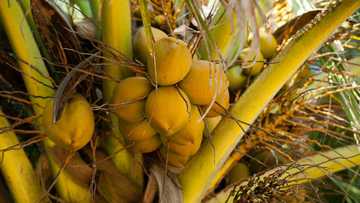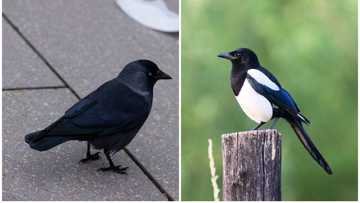Slowest animal in the world: 10 of the most unhurried creatures
Speed is said to be a matter of life for some predators and prey. However, do you know what the slowest animal in the world is? Learn about 10 creatures who have mastered the art of moving slowly and captivate even animal scientists with their leisurely lifestyle.

Source: UGC
Slow animals live in different ecosystems that favour their speeds and protect them from fast-paced predators. They also have various adaptations, like body modifications that prevent other animals from eating or digesting them. Here are the top 10 most unhurried creatures.
What is the slowest animal in the world?
It is believed that survival is for the fittest. But for the slowest animal on earth, it is all about developing unique skills that give it a way to manoeuvre and fit in its environment. With this in mind, here are the slowest animals on earth.
1. Giant Galapagos tortoise

Source: UGC
While many tortoise subspecies are known for their slow speeds, the most famous slowest tortoise is the giant Galapagos tortoise. This huge reptile is said to be the largest tortoise in the world, can live for about 150 years, and weighs about 500 pounds.
They can have dome or saddleback shells, depending on where these giant tortoises are born. Regarding speed, a giant Galapagos tortoise can move at a staggering rate of 0.16 miles (0.25 km) per hour, which translates to under 4 miles (6 kilometres) per day. The slow speed is contributed to its heavy shell and the front legs that are turned inward, as well as slow metabolism.
2. Three-toed sloth
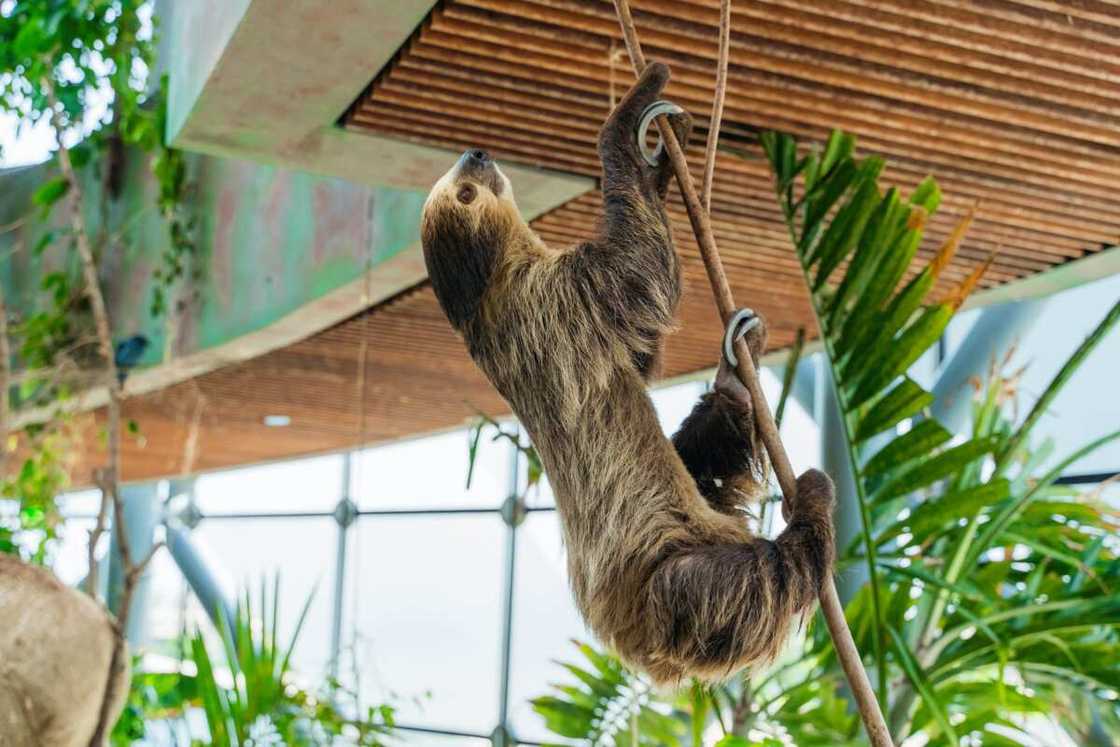
Source: UGC
Three-toed sloth is probably the slowest mammal in the world, and it spends most of its day sleeping on the treetops. Native to Central and South America, three-toed sloths survive well in tropical rainforests.
They can swim at a surprising speed in the rainforest rivers, with their long arms that propel them forward. However, this is different from their land speed. Three-toed sloths move at a speed of 0.15 miles (0.24 km) per hour, a speed that allows even algae to grow in their coats.
The slow speed is due to slower metabolism. Three-toed sloths do not eat much food, hence do not have enough energy to move around. Since they feed on a few twigs and leaves only, they spend between 15 and 20 hours of the day sleeping.
3. Garden snail

Source: UGC
Snails are known for their unique locomotion mechanism that involves muscular contractions of their one boneless foot that propels them forward. They leave a slippery trail behind that reduces friction when moving. Since speed is not their survival necessity, snails have thick shells on their backs that they can retract into to hide from predators.
Garden snails prefer taking time to enjoy their ecosystem, which makes them move at a leisurely speed of about 0.00062 miles (0.001 km) per hour. They feed solely on plants and fruits, which they can get even without moving. They can also reproduce without the need for mates, which explains their rapid increase in population.
4. Gila monster
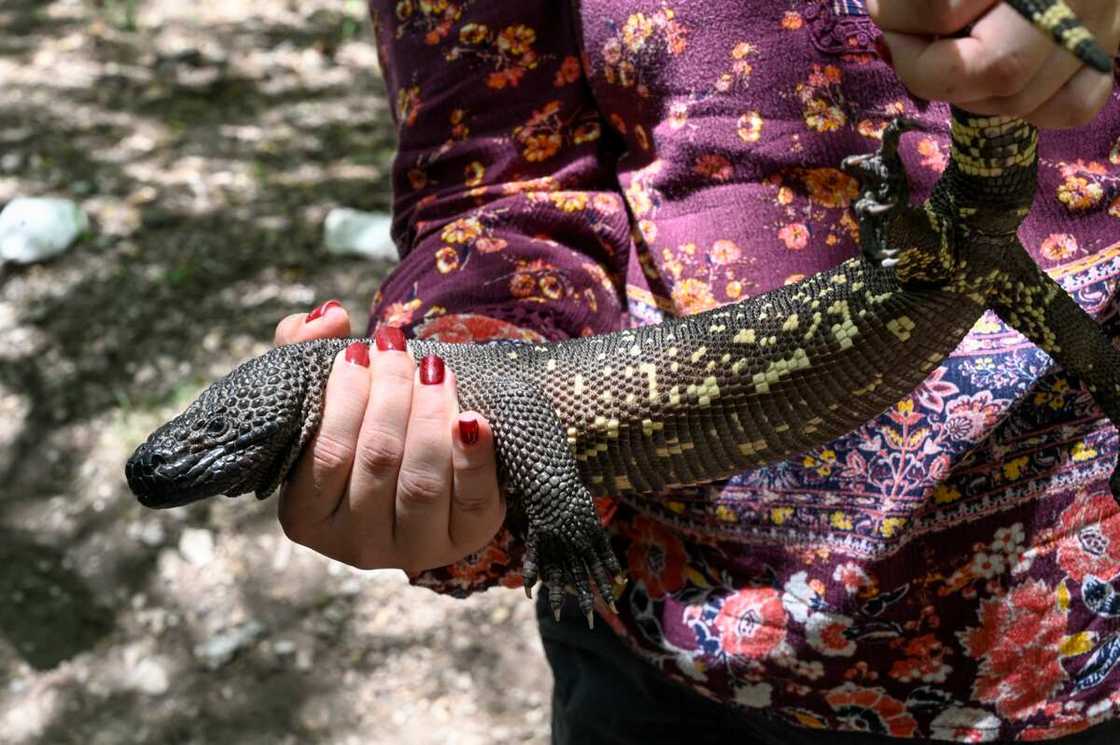
Source: Getty Images
The Gila monster is the most venomous lizard in the United States and another slowest land animal. Native to the southwestern United States and northern Mexico, Gila monsters live mostly in Sonoran, Mohave, and Chihuahuan deserts.
They spend most of their time underground or sunbathing. With a speed of about 1 mile per hour (1.6 km), Gila monsters move slowly and sluggishly and only feed on easy-to-catch mammals and eggs.
They can store fat in their tails, which they live off during winters when they cannot come above the ground. Moreover, Gila monsters swallow whole food, which allows them to digest it later when resting.
5. Koala
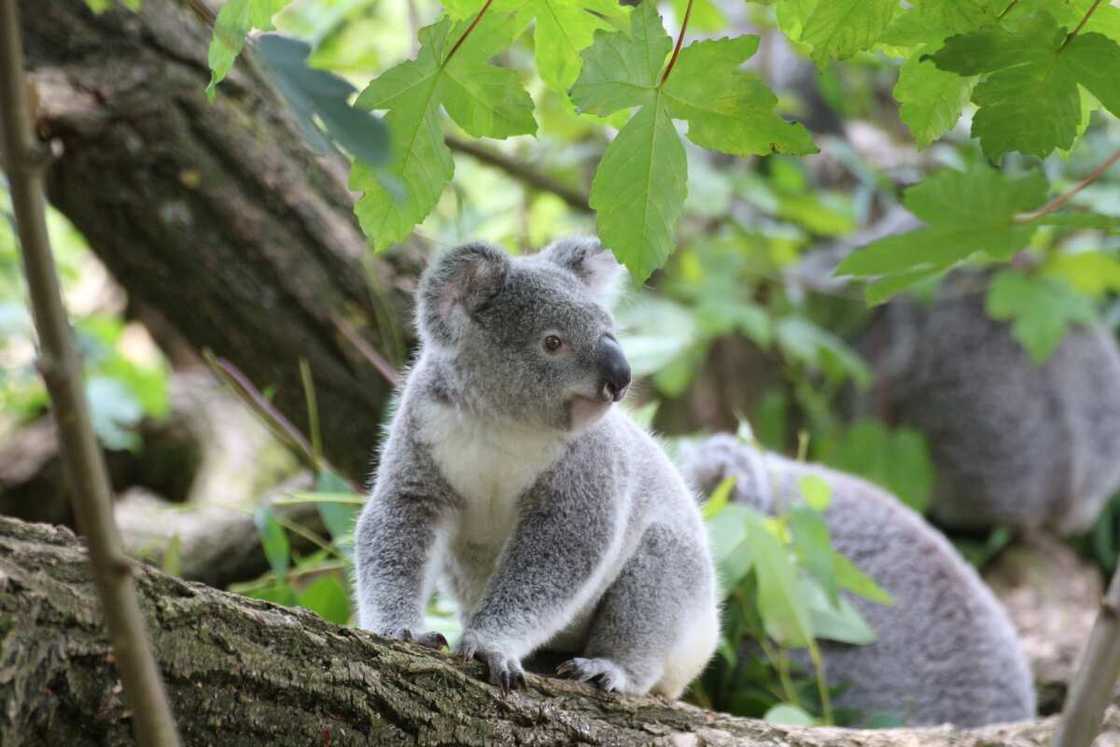
Source: UGC
Koalas are well-known Australian marsupials. These nocturnal animals feed predominantly on eucalyptus leaves, which contain plenty of fibre that provides koalas with energy, albeit lacking in essential nutrients.
Although koalas are capable of moving at a pace of 20 miles (32 km) per hour, this rarely happens as they spend most of their time sleeping (18 to 22 hours per day). They rarely move to save on energy since their slow metabolism does not allow for frequent moving around. Unfortunately, the koala population is decreasing every year due to their vulnerability.
6. Banana slug
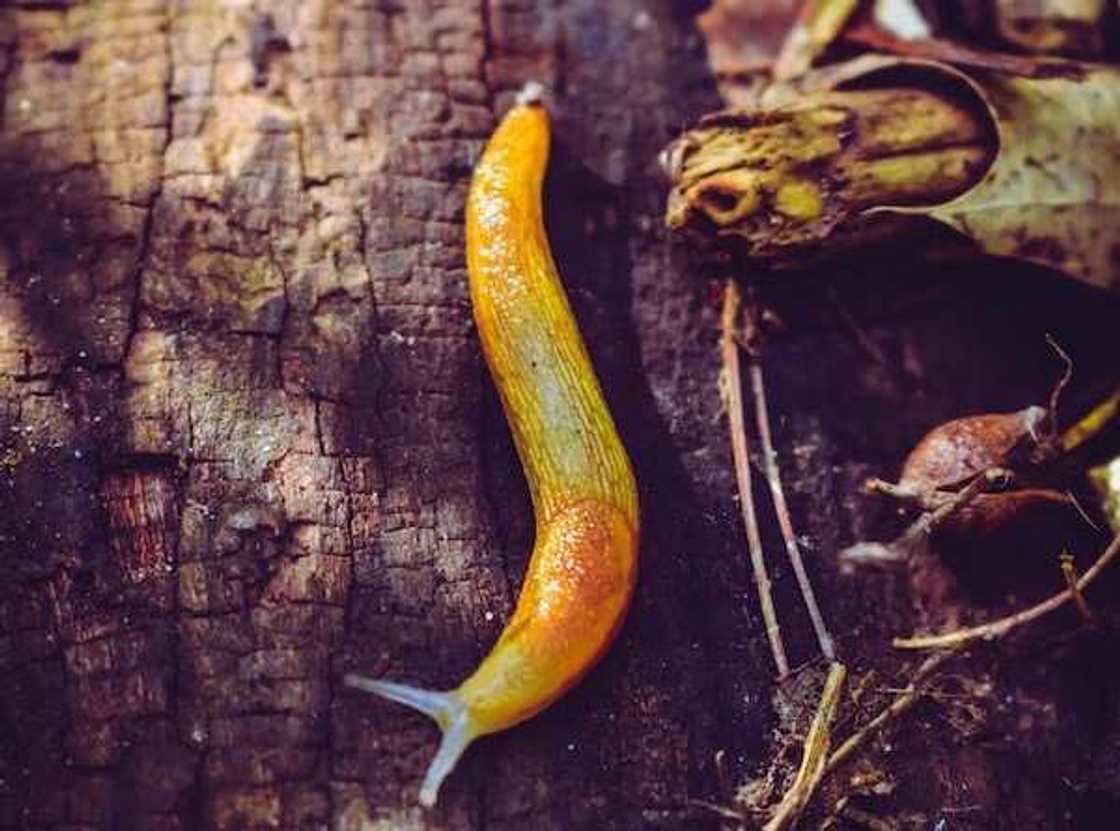
Source: UGC
These slow animals get their name from the vivid yellow hues of their bodies. They are about 9 inches long, the second-largest slugs found anywhere on earth, and feed on dead leaves, moss, and plants.
Through muscular contractions, banana slugs can move at a top speed of 0.186 miles (0.3 km) per hour. They secrete mucus that turns into slime to allow them to move without friction. The lack of shells allows them to move faster than garden snails.
7. Sea anemone

Source: UGC
Sea anemones are sea creatures with a close relationship to jellyfish and corals. They display a captivating array of shapes and colours, unlikely to be noticed by unsuspecting prey. They are known to stay in one position for a long time, waiting for the prey that passes by for food. However, sea anemones can swim or float on water when hunting or in vulnerable conditions.
The slow speed of sea anemones of about 0.36 inches (0.01 metres) per hour is aided by their one-foot pedal discs that shift slowly along a rock or coral. They also secret mucus that allows them to attach to shells, plants, coral reefs, and rocks. Moreover, sea anemones have tentacles that sting and guide prey into their mouths.
8. Slow loris
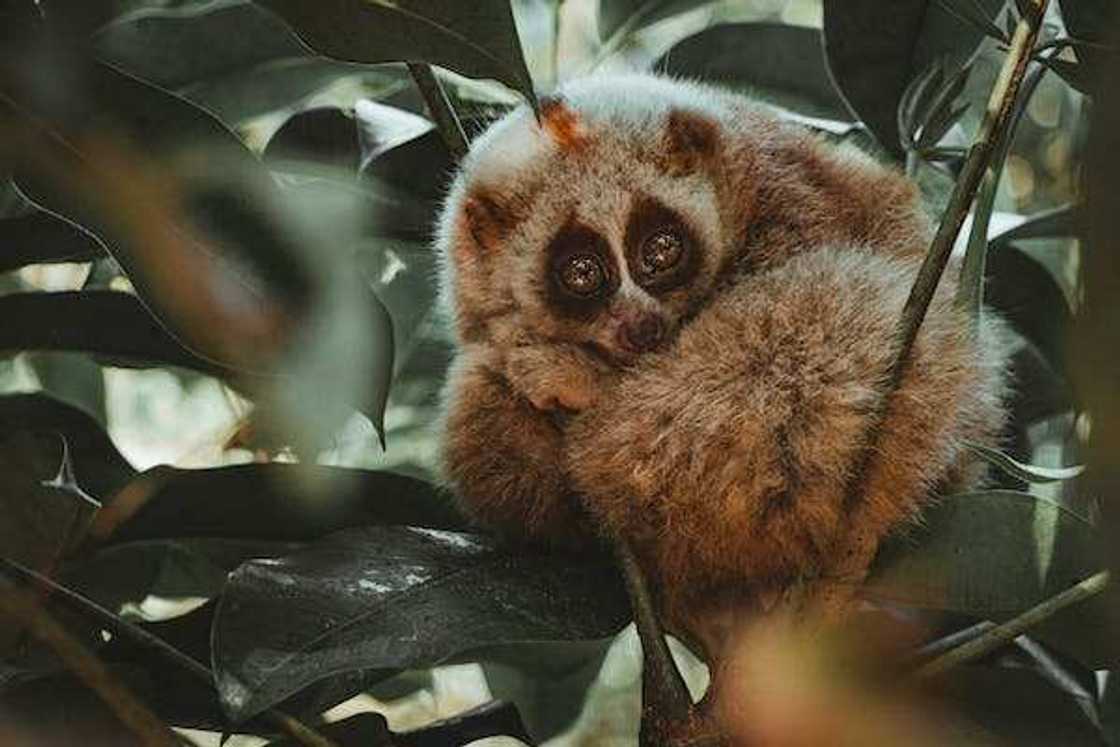
Source: UGC
Slow lorises are native to Southern Asia and Western Indonesia and are the only poisonous ape species in the world. Their mouths and elbows contain toxins that can spread to their fur to protect them from predators.
When hunting, slow lorises also inject these toxins into their prey to kill them instantly. Although they feed predominantly on insects, they can also feed on small mammals, eggs, reptiles, fruits, and foliage.
The slow loris is a contender for the title of the slowest animal on earth. It moves leisurely at 1.18 miles (~2 km) per hour, and typically travels for about 5 miles per night when hunting. Though it can spring at a surprisingly high speed when in danger or striking. It is known as a timid creature that stays in one position for a long time and sleeps with its head between its legs.
9. Starfish
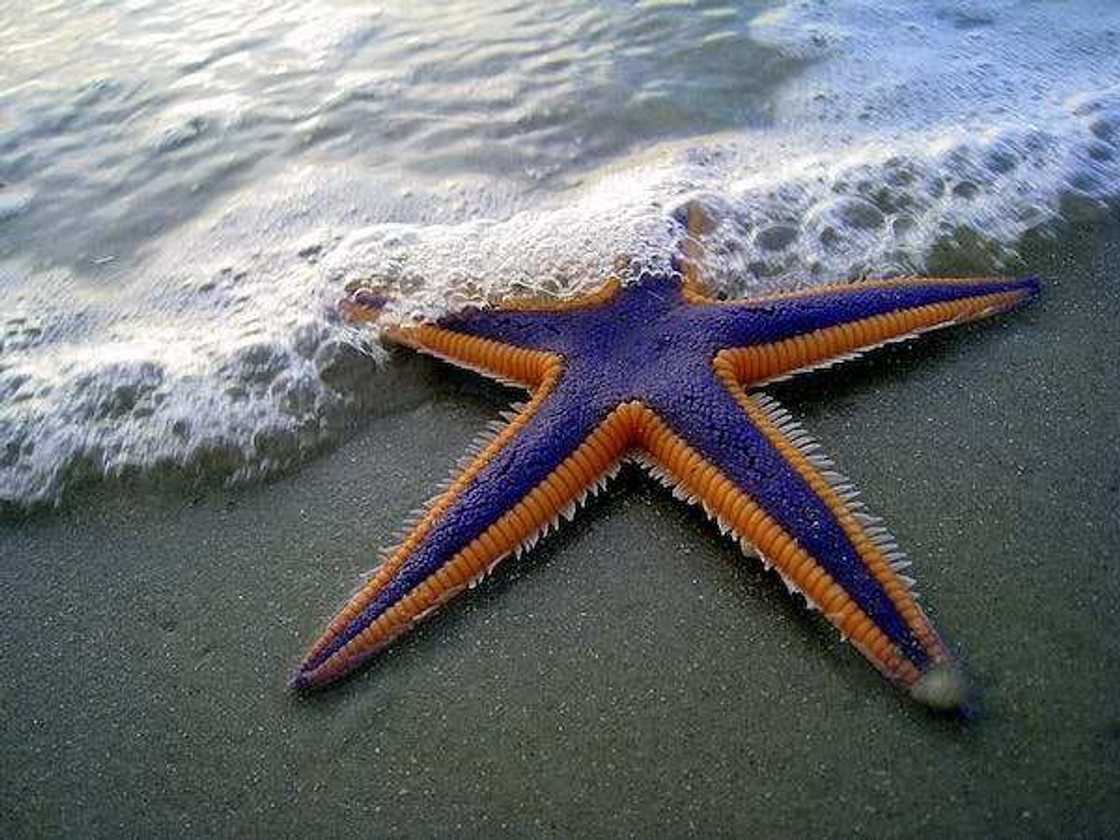
Source: UGC
Despite the name, starfish are not fish since they do not have scales, gills, or fins. Instead, they are part of the Echinodermata phylum, related to sand dollars and sea urchins.
They display radial symmetry, which makes their bodies symmetrical around a central axis. This makes it challenging to tell which side is the top, right, or left. Regarding movement, starfish can move at a speed of 0.005 miles (0.008 km) per hour.
Their movement is aided by tiny tubes located beneath their arms. To travel longer distances, starfish rely on ocean currents to move faster. Their tiny feet allow them to grasp on surfaces and prey.
10. Swallowtail butterfly

Source: UGC
Swallowtail butterflies are characterized by distinctive forked tails on their hind wings that resemble a swallow's tail. They feed primarily on nectar and are active only during the day.
With a wing flap of about 300 beats per minute, the swallowtail butterfly is the slowest insect in the world, considering that midge can record a wing flap of about 62,760 beats per minute. The speed may seem high compared to other slow animals on the list, but not in the insect family.
There are many contenders for the title of the slowest animal in the world. While surviving in the fast-paced ecosystem requires animals with high speeds, this does not make the sluggish creatures on this list less remarkable. Instead, their leisurely lifestyles have allowed them to develop unique traits that protect them from predators and let them thrive among top racers.
Legit.ng recently published an article on Orthodox churches in Nigeria. The Orthodox mission in Nigeria began as an ethnic necessity for the hundreds of Greek and Cypriot immigrants who had moved to the country.
Nigeria's first Orthodox church was established decades before the colonial era. Since then, the mission has grown immensely, with many churches around the country.
Source: Legit.ng






